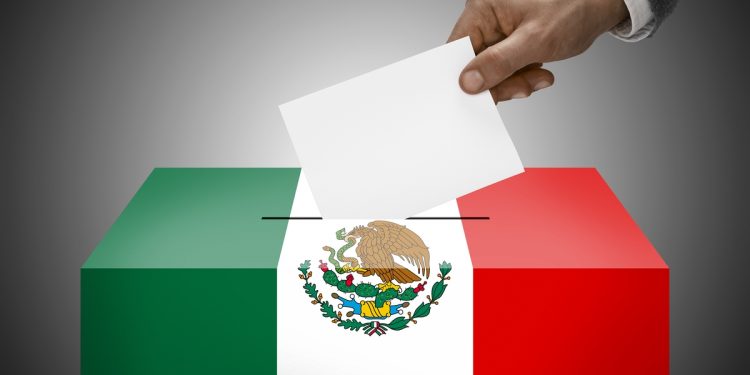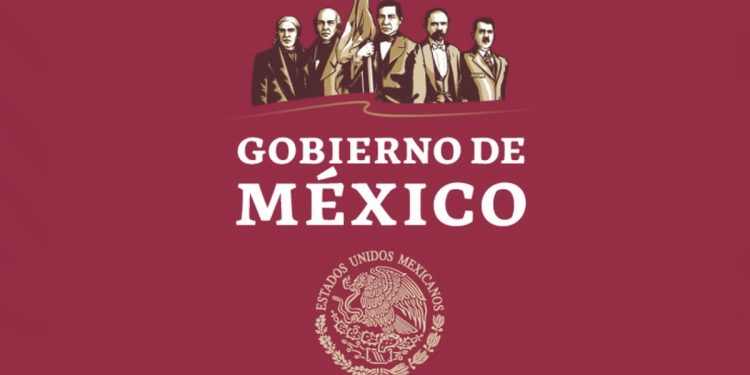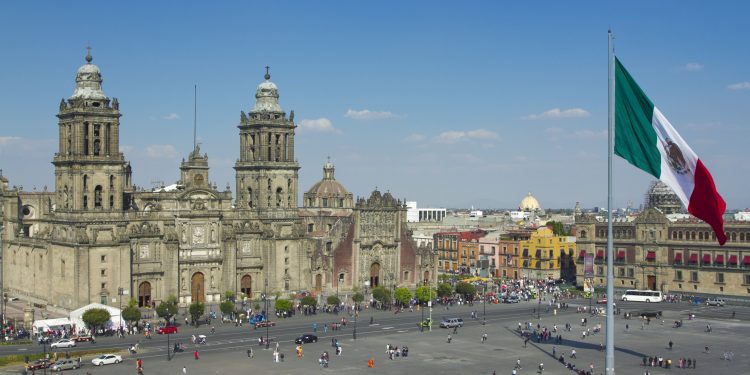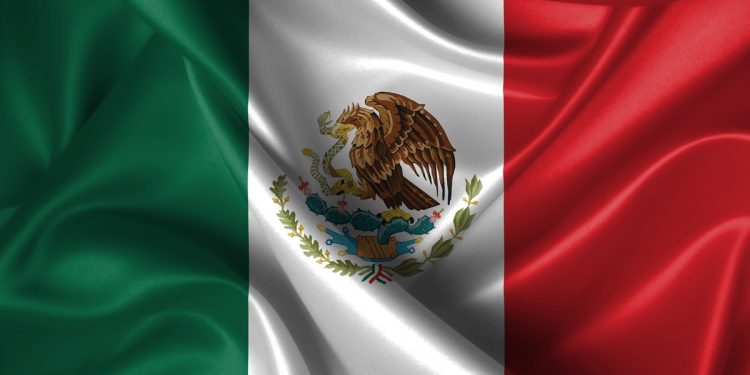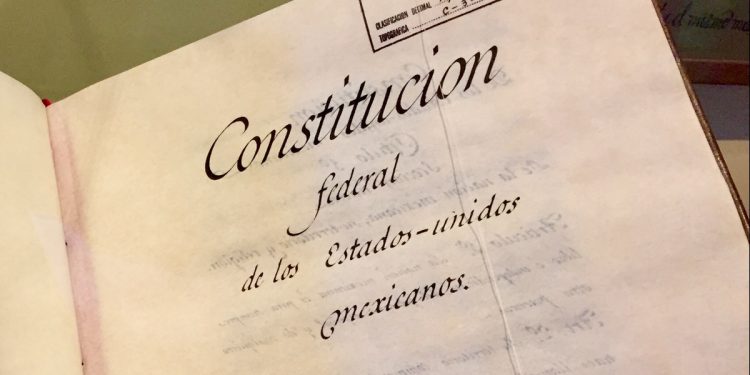Mexicans went to the polls on July 1, 2018 to elect a new President, as well as 128 members of the Senate, and 500 members of Congress. Additionally, local elections took place in 30 of Mexico’s 32 states, creating an ‘election super-cycle’ across the country—as candidates to the presidency, both houses of congress, state governorship, and city mayorship threw their hats into the ring for appointments to public office.
Mexico’s political structure is formed through a republic of 32 states inside a union bound by a common constitution. Mexico’s republic used to comprise 31 states and a Federal District (Mexico City), although constitutional changes in 2016 transformed Mexico City into a state in its own right.
The Mexican federal government comprises an executive branch, a bicameral congress composed of a Senate in the upper house, a lower Chamber of Deputies, and an independent judiciary, headed by a Supreme Court. States have their own constitutions; however, the states’ constitutions cannot contradict the federal constitution, and state governance must adhere to a republican congressional system, headed by a state governor, who may not hold office for more than six years.
The elected president serves as the head of the executive branch, and commander-in-chief of the armed forces. The president is elected for a non-renewable six-year term.
Congressional Representatives are elected for three-year terms in the case of the lower house and six years in the case of the Senate.
Mexican political candidates contest seats in a single-round plurality vote, sometimes referred to as a ‘relative majority.’ This means that the winning candidate is the one who polls more votes than any other in the contest, even if the sum of those votes does not muster a majority.
The main interest in July’s elections was the presidential race, which was contested by four candidates: three representing political coalitions, and one independent. Two of the coalitions are anchored by long-established political parties and led by José Antonio Meade for PRI, and Ricardo Anaya for PAN; the coalition anchored by MORENA, a relatively new party, was formed and is led by former Mexico City mayor and three-times presidential candidate Andrés Manuel López Obrador; and the independent candidate is Jaime Rodríguez Calderón. Margarita Zavala, former First Lady and wife of former Mexican president Felipe Calderón (2006-2012), also ran as an independent candidate, but announced her withdrawal from the presidential race on May 16.
Pre-poll surveys from across the political spectrum gave Mr. López Obrador a commanding lead over his rivals.
When voting closed across the country, official counts revealed that Andrés Manuel López Obrador would win by a landslide. A short while after exit polls were published, his three adversaries held press conferences in which they conceded defeat to the leftist candidate who campaigned on tackling corruption, violence, and inequality. As Mexico’s President-Elect, he will be sworn-in to office on December 1, 2018.
Mexico in your inbox
Our free newsletter about Mexico brings you a monthly round-up of recently published stories and opportunities, as well as gems from our archives.

